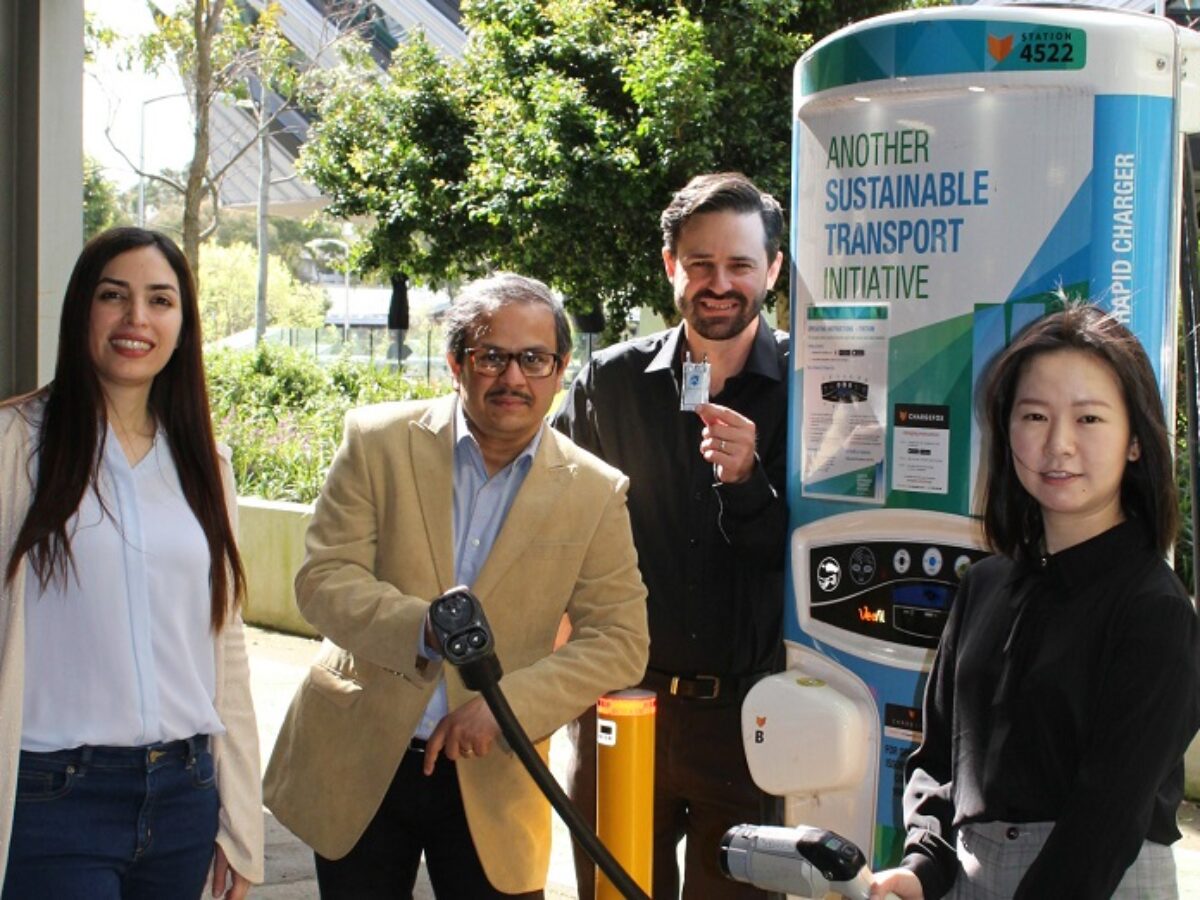Sugar in electrodes sweetens performance of next-gen batteries

Monash researchers have shown that the addition of glucose to lithium sulphur batteries’ positive electrodes made them more stable, providing a way forward for more energy-dense batteries.
Lithium sulphur batteries can in theory hold two to five times the energy of current lithium batteries, according to a statement from Monash Energy Institute, which published their findings in Nature Communications on Friday. This could enable an electric truck or bus to travel from Sydney to Melbourne on a single charge.
However, there are issues around the batteries’ electrodes, with the positive electrode weakened by expansion and contraction and the negative one destabilised by sulfur contamination.
The Monash led team — which credited Dr Matthew Hill’s CSIRO research group with a significant contribution — incorporated sugar into the architecture of the negative electrode, drawing inspiration from “a 1988 geochemistry report” which described “sugar-based substances resist[ing] degradations in geological sediments by forming strong bonds with sulfides.”
Prototype cells showed they could last at least 1,000 charge-discharge cycles and held more energy than lithium ion batteries.
Test-cell prototypes constructed by the team have been shown to have a charge-discharge life of at least 1000 cycles, while still holding far more capacity than equivalent lithium-ion batteries.
“So each charge lasts longer, extending the battery’s life,” said PhD student and the paper’s first author, Yingyi Huang.
“And manufacturing the batteries doesn’t require exotic, toxic, and expensive materials.”
The paper can be accessed here.
Subscribe to our free @AuManufacturing newsletter here.
Topics Technology
@aumanufacturing Sections
Analysis and Commentary Awards Defence Manufacturing News Podcast Technology Videos






